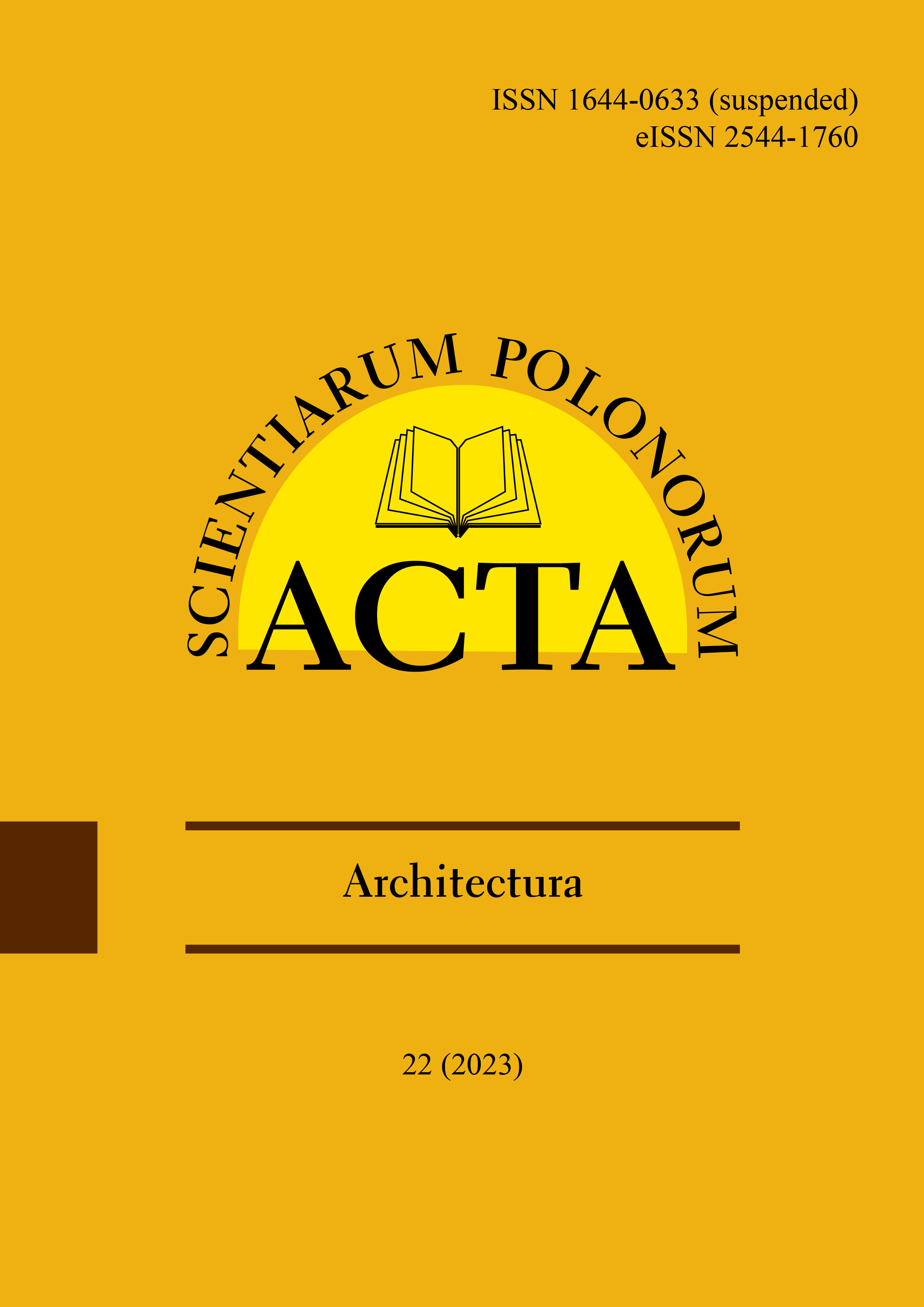Main Article Content
This paper conducts a comparative evaluation of 22 models focusing on the effective thermal conductivity of two-phase porous materials. Calculations were performed for each model across a range of solid-to-fluid thermal conductivity ratios, spanning from 1 to 15,000, and for two different porosities: 0.1 and 0.2. The study advocates the use of dimensionless charts that normalised solid thermal conductivity (ks) and effective thermal conductivity (kef) concerning fluid thermal conductivity (kf) for qualitative analysis. Employing this approach, the examined models were categorised into four fundamental groups. The latter portion of the paper compares selected models with experimental data. These experiments involved testing eight porous media samples in the form of packed steel bars, arranged in two configurations: staggered and in-line. The tests were conducted over a temperature range of 75–400°C, corresponding to ks-to-kf ratios ranging from 1,800 to 855. Various graphical representations were used to compare measurement data with model calculations. The findings indicate that the most accurate comparisons can be made using linear charts, which present absolute values of the kef coefficient in relation to the thermal conductivity of the solid phase.
Article Details
Abareshi, M., Goharshadi, E. K., Zebarjad, S. M., Fadafan, H. K. & Youssefi, A. (2010). Fabrication, characterization and measurement of thermal conductivity of Fe3O4 nanofluids. Journal of Magnetism and Magnetic Materials, 322 (4), 3895–3901. (Crossref)
Assad, A. (1955). A Study of Thermal Conductivity of Fluid Bearing Porous Rocks (doctoral thesis). University of California, Berkeley, California.
Beck, J. N. & Beck, A. E. (1965). Computing thermal conductivities of rocks from chips and conventional specimen. Journal of Geophysical Research, 70 (20), 5227–5239. (Crossref)
Carson, J. K., Lovatt, S. J., Tanner, D. J & Cleland, A. C. (2006). Predicting the effective thermal conductivity of unfrozen, porous foods. Journal of Food Engineering, 75 (3), 297–307. (Crossref)
Chang, H-C. (1982). Multi-scale analysis of effective transport in periodic heterogeneous media. Chemical Engineering Communications, 15 (4), 83–91. (Crossref)
Hill, J. E., Leitman, J. D. & Sunderland J. E. (1967). Thermal conductivity of various meats. Food Technology, 21, 1143–1148.
Horai, K. (1991). Thermal conductivity of Hawaiian basalt: A new interpretation of Robertson and Peck’s data. Journal of Geophysical Research, 96 (B3), 4125–4132. (Crossref)
Kopelman, I. J. (1966). Transient heat transfer and thermal properties in food system (PhD dissertation). Michigan State University, East Lansing.
Krischer, O. (1956). Die wissenschaftlichen Grundlagen der Tracknungstechnik (1st ed.). Berlin: Springer-Verlag. (Crossref)
Krupiczka, R. (1967). Analysis of thermal conductivity in granular materials. International Chemical Engineering, 7 (1), 122–144.
Kunii, D. & Smith, J. M. (1960). Heat transfer characteristics of porous rocks. AIChE Journal, 6 (1), 71–78. (Crossref)
Levy, F. L. (1981). A modified Maxwell-Euken equation for calculating the thermal conductivity of two-component solutions or mixtures. International Journal of Refrigeration, 4 (4), 223–225. (Crossref)
Miller, M. N. (1969). Bounds for effective electrical, thermal, and magnetic properties of heterogeneous materials. Journal of Mathematical Physics, 10, 1988–2004. (Crossref)
Öchsner, A., Murch, G. & Lemos, M. de (2008). Cellular and Porous Materials Thermal Properties Simulation and Prediction. Wenheim: Wiley-VCH Verlag. (Crossref)
Pietrak, K. & Wiśniewski, T. (2015). A review of models for effective thermal conductivity of composite materials. Journal of Power Technologies, 95 (1), 14–24.
Van Antwerpen, W., Toit, C. G. du & Rousseau, P. G. (2010). A review of correlations to model the packing structure and effective thermal conductivity in packed beds of mono-sized spherical particles. Nuclear Engineering and Design, 240, 1803–1818. (Crossref)
Vijayakumar, S. (2004). Parametric based design of CFRP honeycomb sandwich cylinder for a spacecraft. Composite Structures, 65 (1), 7–12. (Crossref)
Wang, J., Carson, J. K., North, M. F. & Cleland, D. J. (2008). A new structural model of effective thermal conductivity for heterogeneous materials with co-continuous phases. International Journal of Heat and Mass Transfer, 51 (9–10), 2389–2397. (Crossref)
Wei, G., Zhang, X. & Yu, F. (2009). Effective thermal conductivity analysis of xanotlite-aerogel composite insulation material. Journal of Thermal Science, 18 (2), 142–149. (Crossref)
Woodside, W. & Messmer, J. (1961). Thermal conductivity of porous media. Journal of Applied Physics, 32, 1688–1768. (Crossref)
Wyczółkowki, R. (2017). Modelowanie efektywnej przewodności cieplnej z wykorzystaniem pojęcia oporu termicznego. Częstochowa: Wydawnictwo WIPiTM Politechniki Częstochowskiej.
Zehner, P. & Schlunder, E. U. (1970). Thermal conductivity of granular materials at moderate temperatures. Chemie Ingeieur Technik, 42, 933–941. (Crossref)
Downloads

This work is licensed under a Creative Commons Attribution-NonCommercial 4.0 International License.

